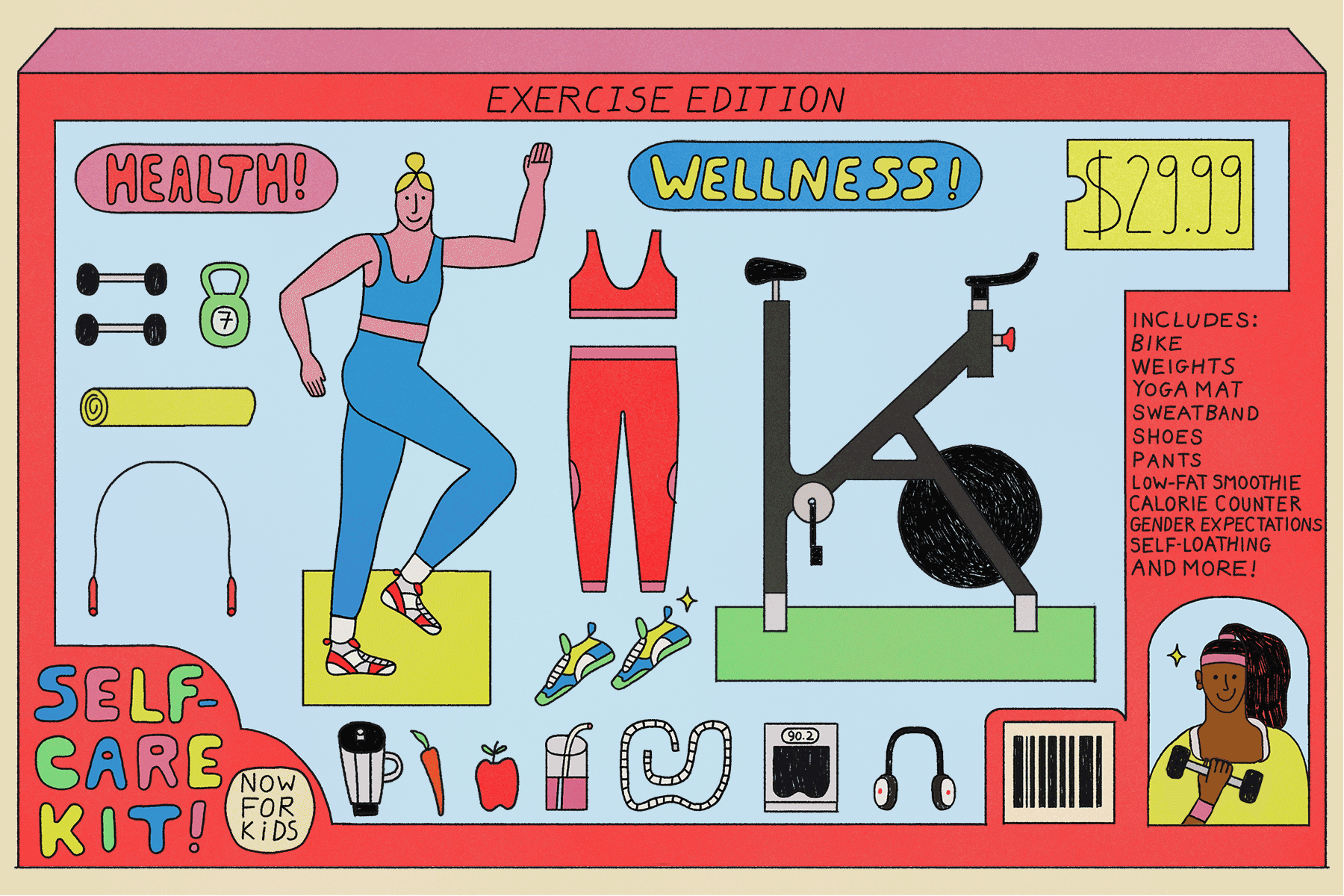Experts Sweat Out Physical Education for the Fun of It, a Lifetime Habit : Health: By all accounts, America’s children are in worse shape physically than their counterparts were a decade ago.
- Share via
SEATTLE — They’re pumping up in the Shorecrest weight room, practicing leaps in the dance studio, shooting baskets in the gym.
Sound like a fancy new athletic club? No. It’s the latest in physical education offerings at a suburban Seattle high school.
By all accounts, America’s children are in worse shape physically than their counterparts a decade ago.
And experts say physical education classes have to be fun if children are to use what they learn in school to maintain a healthy lifestyle after they graduate.
“We try to give them as many looks at what’s available so they can take off later in life and do it on their own,” said Paul Lesch, who has created a Healthy Lifestyles program at Shorecrest High School.
Judy Young, executive director of the National Assn. for Sport and Physical Education, ticks off the fitness problems of youngsters:
* The proportion of fat to lean body weight is high.
* Children don’t have well-developed muscles.
* They have low upper-body strength.
* Many have low aerobic capacity.
In an ideal world, Young said, children should have 30 minutes of physical education each day in elementary school and 50 minutes daily in middle and secondary school.
But in the real world, physical education has to compete with math, science, language arts, history and art classes. There’s only so much time in an academic day, and with the push for students to master the academic subjects, physical education advocates fear that they’re going to lose out.
An association survey found that only one state--Illinois--requires daily physical education for children in grades kindergarten through 12.
“You cannot have a child well-educated and physically unfit. The mind and the body work as one,” said Florence Griffith Joyner, co-chair of the President’s Council on Physical Fitness and Sport.
At Shorecrest, freshman Justin Ell likes working in the weight room to stay in shape. “It helps your physical strength and ability. You’re not being a couch potato. You’re looking good and feeling good about yourself.”
Shorecrest students are required to take three semesters of Healthy Lifestyles during their four years of high school, with time divided equally between health instruction and physical education. The issues of human sexuality and substance abuse run through all three courses.
The health portion of the programs focus on the student as a person, nutrition and relationships. The physical education sections address the different components of fitness, aerobic conditioning and strength fitness. Students also may take physical education electives such as dance, weight training, archery and tennis.
The President’s council is planning to survey schoolchildren next year to see just how many of them are physically fit.
Jerry Foster, who oversees physical education programs for the Illinois Board of Education, said he has no evidence that Illinois children are more fit because of their daily physical education classes. But he drew an analogy:
“Children who read a book a week are more likely to be lifelong readers,” he said. “The fact that schools are encouraging and placing a priority on physical education, that teachers are modeling those kinds of behaviors by being physically involved and fit, I think all of those things do lead to a more fit population.”






